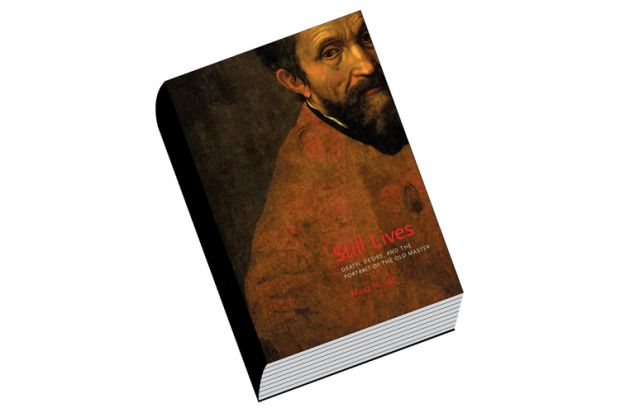Pursuing a selection of Renaissance artists into their studios, bedrooms and even their graves, Still Lives is a fresh, audacious examination of self-portraits and portraits of 16th- and 17th-century artists. Michelangelo, Raphael, Titian and Albrecht Dürer were among the first art stars. The 1568 second edition of Giorgio Vasari’s Lives of the Most Excellent Painters, Sculptors, and Architects, which included 144 woodcut portraits, would be a key turning point when artists became celebrities and their images became public property. Maria Loh proposes that as image-makers themselves, artists were in a unique position to contemplate the complexities involved in becoming a representation, and the necromantic powers of the portrait. Her discussion focuses on the challenging daily business of being an artist, and the survival of artists through their portraits, their immortal avatars. As she observes: “One’s portrait was always at once a companion and a threat.” She vividly writes us into the experience of “the desperate vitality of the body” (as Pier Paolo Pasolini put it) that knows it will soon be gone. The “shadow of the tomb”, she writes, “falls upon all portraits”.
Loh illuminates and entertains us with tales of art-world friendship and rivalry. One artist, for example, was poisoned by an envious competitor with a spiked salad that put the victim out of action for four years. She immerses us in the dust, the pigment-grinding, the bitchiness, the bodily anxieties in an age of plague and syphilis. We find ourselves identifying with one artist rolling his eyeballs at another’s pretensions, and laughing at Annibale Carracci tricking a cook with trompe l’oeil sausages painted on the kitchen wall. She leads us into a world where the artist becomes, in death, a relic, and like the bones of the saints, subject on occasion to ludicrous fakery. Raphael’s grave in the Pantheon was reverently dug up in the 19th century to prove that a skull purported to be his in the Accademia di San Luca was in fact somebody else’s. Titian’s body disappeared in Venice during a plague epidemic and was substituted by a bodiless tomb, described by Jean-Paul Sartre as “a mountain of sculptured lard” with a representation of the artist that bears no resemblance to any of his self-portraits.
This is a gorgeous book, dazzling us with Loh’s evident delight in the text that she is generating, and lavishly illustrated. Among the many paintings, drawings and sculptures included and discussed, the self-portraits by Sofonisba Anguissola, Parmigianino, Jacopo da Pontormo, Nicolas Poussin and the Carracci family are particularly remarkable. Loh’s discussion of the contemplation of art-making by early artist-theorists including Cennino Cennini, Leonardo, Federico Zuccaro and Vasari makes this a book for artists, art students and art teachers, as well as for art historians and critics.
Loh’s scholarship, her sensitive readings of artworks and her invigorating writing style make this artistic territory relevant for a wide range of readers, from Renaissance scholars to lay readers who are newcomers to the subject. She brings unexpected perspectives to bear on her subject, including an IT user’s manual, Roland Barthes, Andy Warhol, Jackson Pollock, Kate Moss and Winnie-the-Pooh. At times her vivacious text risks veering into incoherence or frivolity, but she successfully lassoes all into order, sweeping the reader along and fulfilling her own demand that the historian should “find new means to make the beautiful strangeness of the distant past resonate once more”. This volume takes us on a fascinating journey where “flesh and the image arrive at and depart from each other”, as all bodies inexorably become still lives.
Tracey Warr was formerly senior lecturer in fine art theory, Oxford Brookes University. She is co-editor of Remote Performances in Nature and Architecture (in press).
Still Lives: Death, Desire, and the Portrait of the Old Master
By Maria H. Loh
Princeton University Press 328pp, £34.95
ISBN 9780691164960
Published 25 March 2015
POSTSCRIPT:
Article originally published as: Immortalised on canvas (25 June 2015)
Register to continue
Why register?
- Registration is free and only takes a moment
- Once registered, you can read 3 articles a month
- Sign up for our newsletter
Subscribe
Or subscribe for unlimited access to:
- Unlimited access to news, views, insights & reviews
- Digital editions
- Digital access to THE’s university and college rankings analysis
Already registered or a current subscriber? Login
